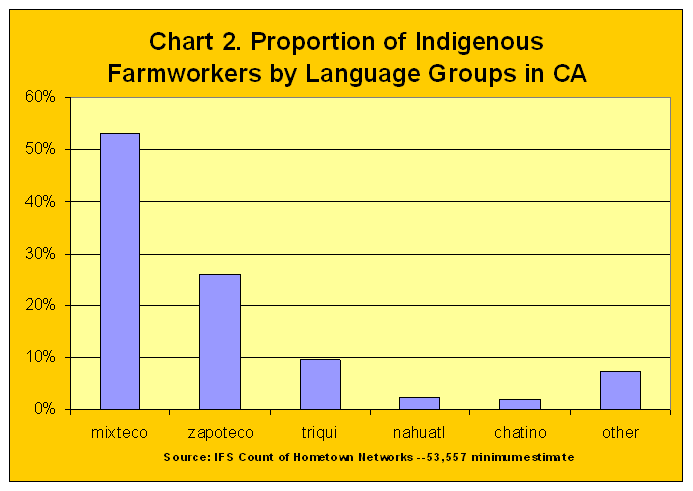
China and its connections to the Chinese diasporas serve as an apt example. Such linguistic minorities can be a sort of connection between the countries in which they reside. For example, Armenian Americans are one of the biggest diaspora communities of the world with their own political organization, the Armenian National Committee of America. There are many diasporas living not alongside the borders, but far away from their historical homeland. However, there are similar situations all over the world: the Catalans in Spain Andorra and France the Kurdish in Turkey, Syria, and Iraq. As a result, such linguistic groups as Maasai people, find themselves living in different countries. In Africa, we can see perfectly straight lines which were drawn without considering the settlement of the ethnic and linguistic groups. There are some linguistic groups which are divided by state borders. This gives the bilingual population of the country a great opportunity to access knowledge originally created in other languages and later translated into Russian, whereas monolingual Kazakh speakers do not have access to this.Ī modern political map doesn’t clearly reflect the ethnic and linguistic diversity of the world.

It occupies the 7th position in the ranking of the target languages and the 4th position of the original languages. For example, according to the data provided by the Index Translationum, the Russian language is one of the most popular languages used in translations all around the world.
#LIST OF MONOLINGUAL COUNTRIES TV#
Such feature doubles the resources that our people can use: we can receive information from the books written in Kazakh and Russian, the TV programs broadcasted in these languages, etc.Īnother advantage for the Kazakh population is that the Russian language is well connected to other languages. For example, the majority of the Kazakhstan population is fluent in both Kazakh and Russian. It gives access to the literature, scientific research, and other heritage that was left by the native speakers of these languages. Does it make life easier or does it create some challenges? In this article I tried to answer this question using my personal experience of living in a multilingual country.įor a person being a bilingual or multilingual speaker, it opens gates to the treasury of the languages they speak. When I look to the south I see Kyrgyzstan, Tajikistan, and Uzbekistan, where almost everyone speaks at least two languages: Kyrgyz & Russian, Tajik & Russian, Uzbek & Russian, respectfully.īeing aware of this, I have always been curious as to how multilingualism influences the lives of people. When I look to the east I see China with its cultural and linguistic diversity.


When I look to the north I see Russia, where native speakers of more than 100 languages co-exist. But, in reality, the whole region of Central Asia consists of multilingual countries. There are also a lot of other linguistic groups such as Dungans, Uyghurs, Tatars, Uzbeks, and so on which mainly reside in the southern part of the country. Kazakh is determined as the state language and Russian as the language of interethnic communication. Here, in Kazakhstan, bilingualism is officially recognized by the state. Talking about my personal experience, I live a country where half of the population speaks Kazakh as their mother tongue, while the other half speaks Russian. But the list goes much farther - you may not notice it, but your motherland might be one of the numerous multilingual countries (personally, I was surprised to learn that there were speakers of such rare languages as Ili Turki and Plautdietsch in my country, Kazakhstan). Such countries as Belgium, Canada, Switzerland, Zimbabwe, and South Africa are all examples of governments with multilingual policies.

However, this statistical data give us the general idea about the modern world: there are no monolingual countries, no matter if multilingualism is officially recognized or not by their governments. For example, in Iceland there are only 2 indigenous languages, while in Russia around 100 languages are spoken. However, the world is not a place in which everything exists harmonically this creates countries that vary in linguistic diversity. This means that on average there are about 36 different languages in each country. Statistics say that there are around 7,000 languages, used in 193 countries in our world. Living in a multilingual country: what is it like?


 0 kommentar(er)
0 kommentar(er)
